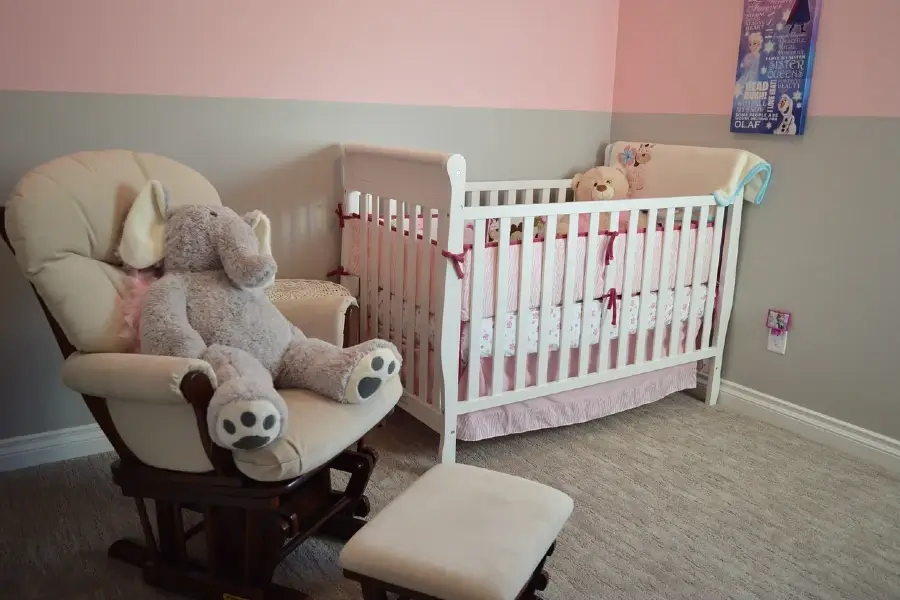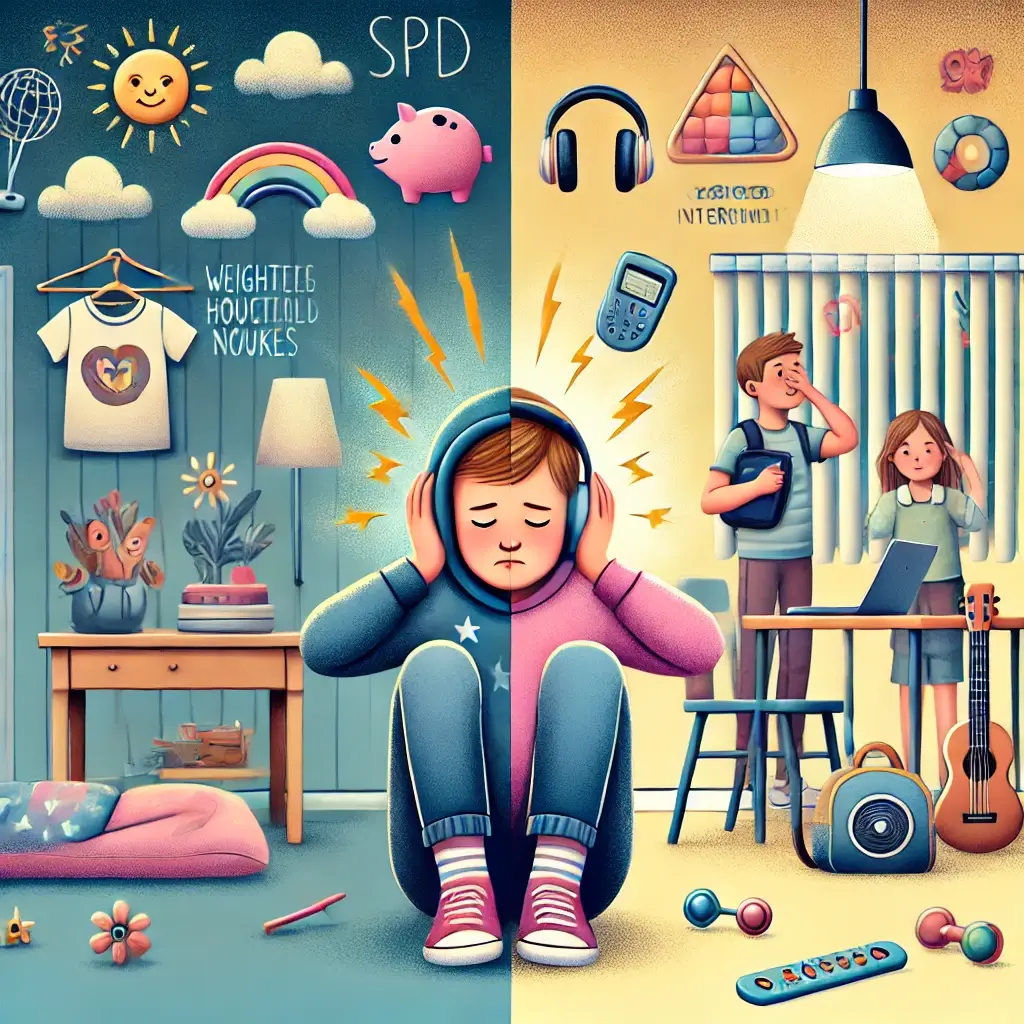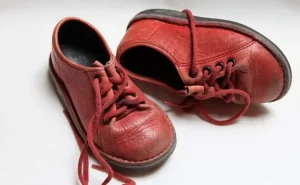Syndrome of Sudden Infant Death
Sudden Infant Death Syndrome, or SIDS, is a terrible condition that can occur while babies sleep. SIDS stands for “Sudden Infant Death Syndrome.” It occurs when a baby under the age of one dies suddenly and without warning. Doctors don’t know what causes SIDS, but they do know what increases the risk. Some babies are more likely to die from SIDS due to genetic predispositions.
Some babies are thought to have a problem with the part of their brain that controls their breathing, heart rate, blood pressure, and ability to wake up from sleep. SIDS typically occurs between the ages of two and four months. Boys are more likely than girls to die, and it typically occurs in the fall, winter, and spring.
SIDS appears to be an accident, occurring most often while a baby is sleeping or napping. Babies do not seem to cry or struggle to breathe, and they have few cuts or bruises. Doctors have found no link between SIDS and smoking during pregnancy, getting the flu shot, or receiving the diphtheria-tetanus toxoids-pertussis (DTaP) vaccine.
Even though no one knows exactly what causes SIDS, parents can take steps to reduce the likelihood that their child will die from it. Ensuring your baby has a safe place to sleep is one of the most effective ways to prevent SIDS.
Making sure your child has a safe place to sleep is the most effective way to reduce their risk of SIDS. This includes keeping soft items such as blankets, pillows, stuffed animals, and other toys out of the bed and putting your baby to sleep on their back in a crib or cot.
If these items are present, suffocation or strangulation is more likely, which can result in SIDS.
Placing your baby on its back in a crib or cot will provide it with a safe sleeping environment. This way of sleeping has been shown to reduce the risk of SIDS by up to 50%. Make sure you understand that you do not have to keep putting your baby on its back once it can roll over on its own.
You should also put your baby to sleep on its back and keep soft items such as blankets, pillows, stuffed animals, and other toys away from the bed. If these items are present, suffocation or strangulation is more likely, which can result in SIDS. Dress your baby in warm, cozy clothes and wrap them in a sleep sack or swaddle to keep them warm.
Another thing to remember is to ensure that your baby’s sleeping environment is safe. To do so, ensure that the crib or bassinet meets current safety standards, that the mattress fits securely into the bed, and that no parts are broken or loose. In addition, ensure that your baby’s bed area is free of cords, wires, and other items that could choke or strangle them.
One of the most important things you can do to reduce your baby’s risk of SIDS is to provide a safe sleeping environment.
One of the most important things you can do to reduce your baby’s risk of SIDS is to provide a safe sleeping environment. By following these simple steps, you can help ensure that your baby sleeps safely and comfortably. This will give you peace of mind and prevent this terrible event from occurring.
Safe sleep habits can help prevent SIDS and reduce the risk of other unattended or unknown infant deaths, such as suffocation and strangulation in bed or sudden unexpected infant death (SUID).
The number of SUIDs in New Jersey has decreased thanks to campaigns such as the national Safe to Sleep campaign and the state’s SIDS Program, which the NJ Department of Children and Families runs.













